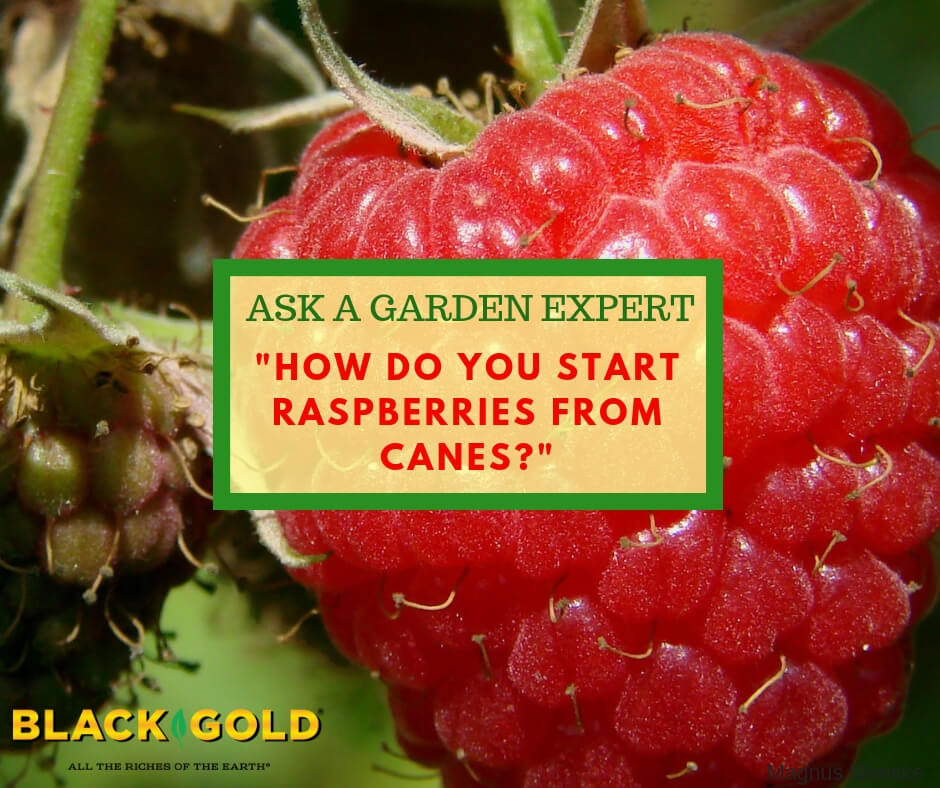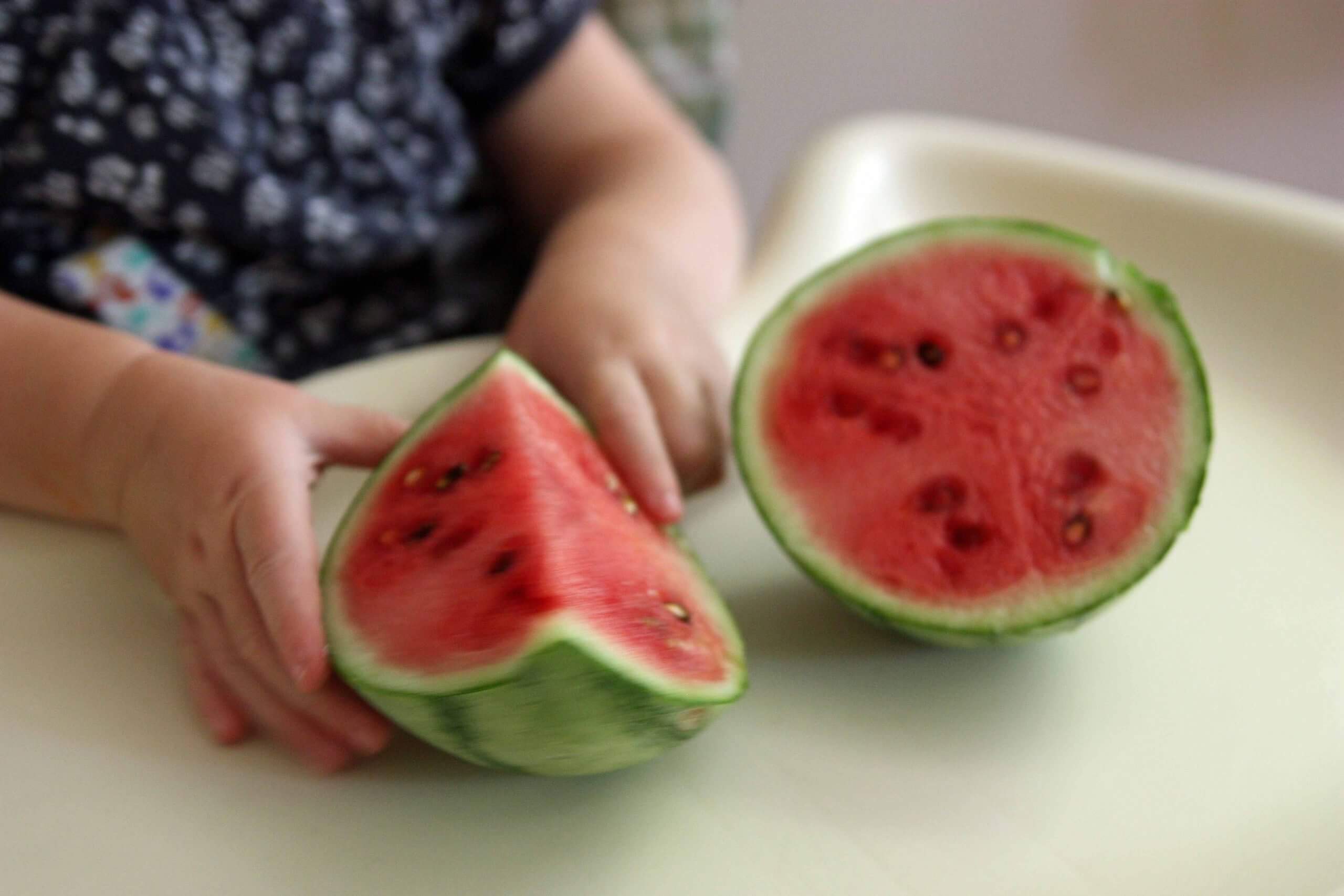
“I just fell in love with the ponytail palm plant. I would like it in my dining room that gets some afternoon light. How much light does it need?” Question from Ann of Lookout Mountain, Georgia.
Answer: I have a ponytail palm, too, and just love it! Ponytail palm (Beucarnia recurvata) is native to arid regions of Mexico and needs low water, especially in the winter months, and high sunlight. It can withstand partial sun in winter, if necessary, but if you want your specimen to really thrive, I recommend bringing it outdoors in summer.
Don’t take it outdoors in spring until the threat of frost has passed and days have warmed up. Then let it soak up the sun in a slightly covered area that won’t get inundated with heavy rain. It is fine to give it moderate water outdoors in the summer, especially when days are very hot and dry. To ensure fast soil drainage and protect roots from rotting, I recommend planting it in Black Gold Cactus Mix.
In mid-fall, bring it indoors into your partially sunny dining room. Clean it before bringing it inside as a house plant. (Click here for tips on cleaning plants before bringing them indoors.) Once inside, you can water less. Then in November, give it very little water until the following spring.
(Click here to learn a lot more about growing ponytail palm indoors and out!)
I hope that these growing tips help.
Happy gardening,
Jessie Keith
Black Gold Horticulturist




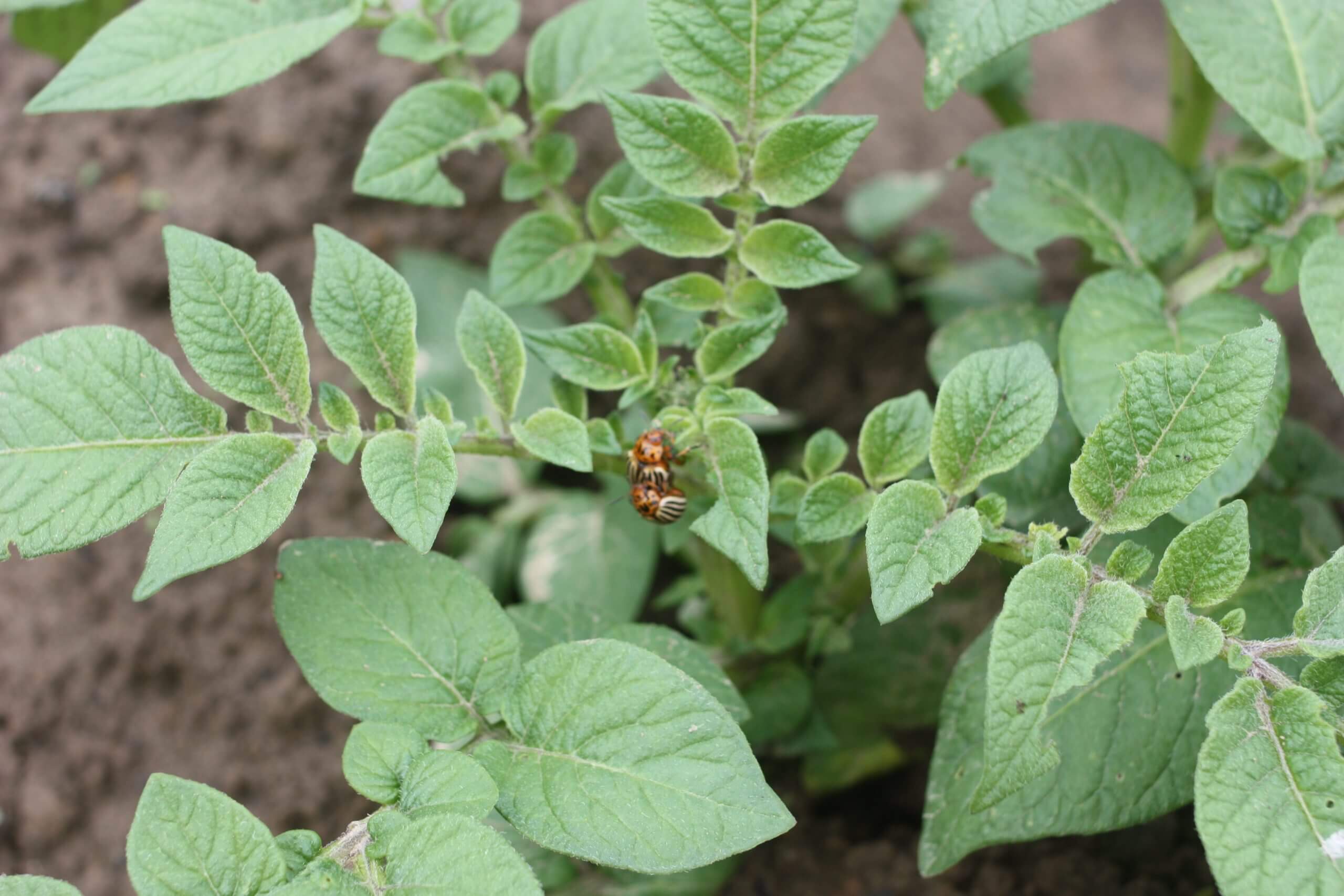
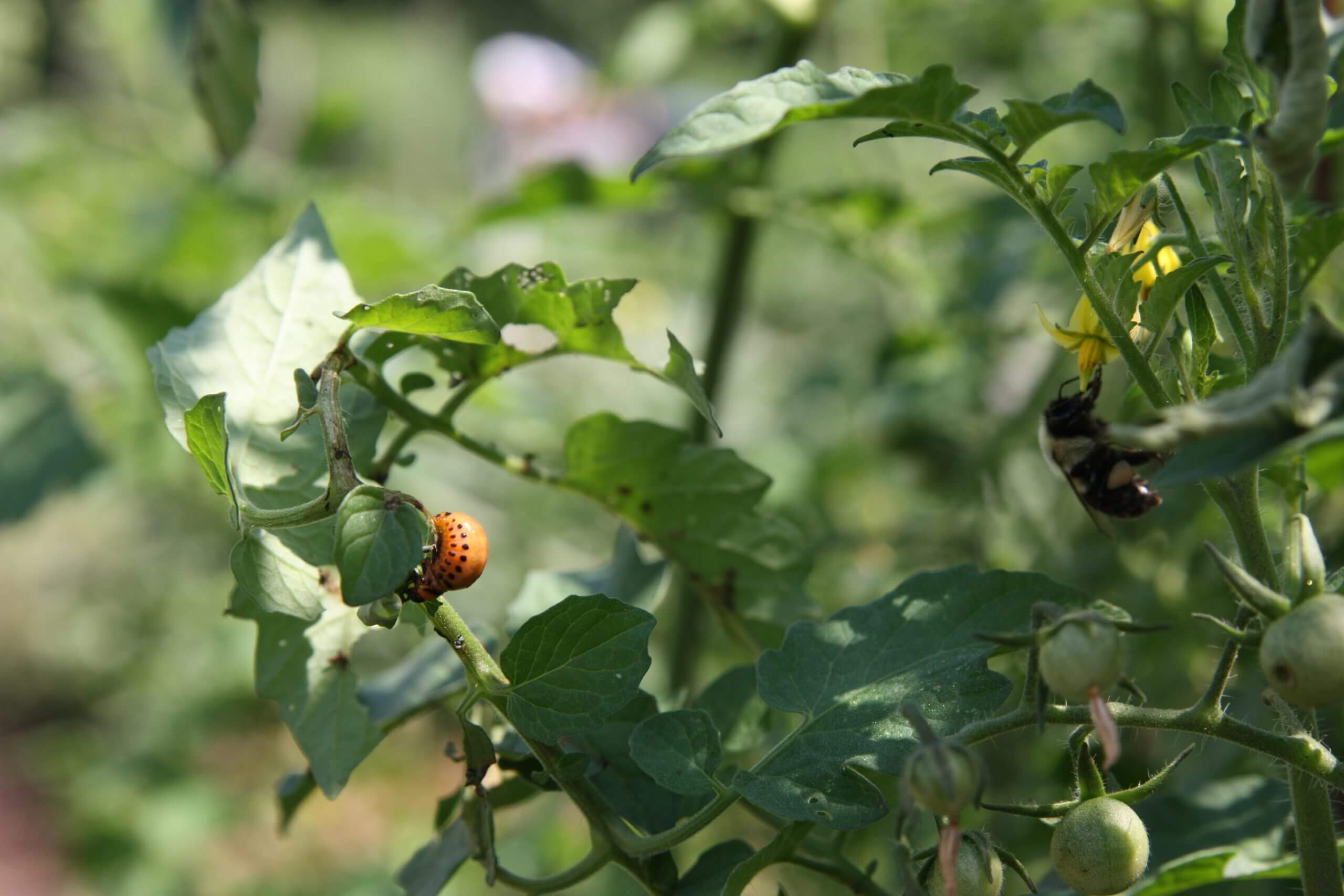


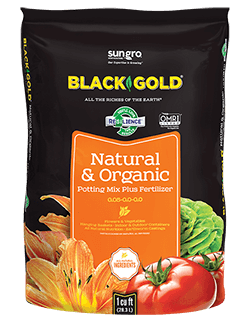 Sago Palm Tree (Cycas revoluta): Though not a true palm, this c
Sago Palm Tree (Cycas revoluta): Though not a true palm, this c